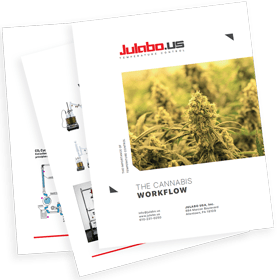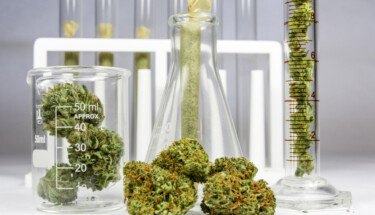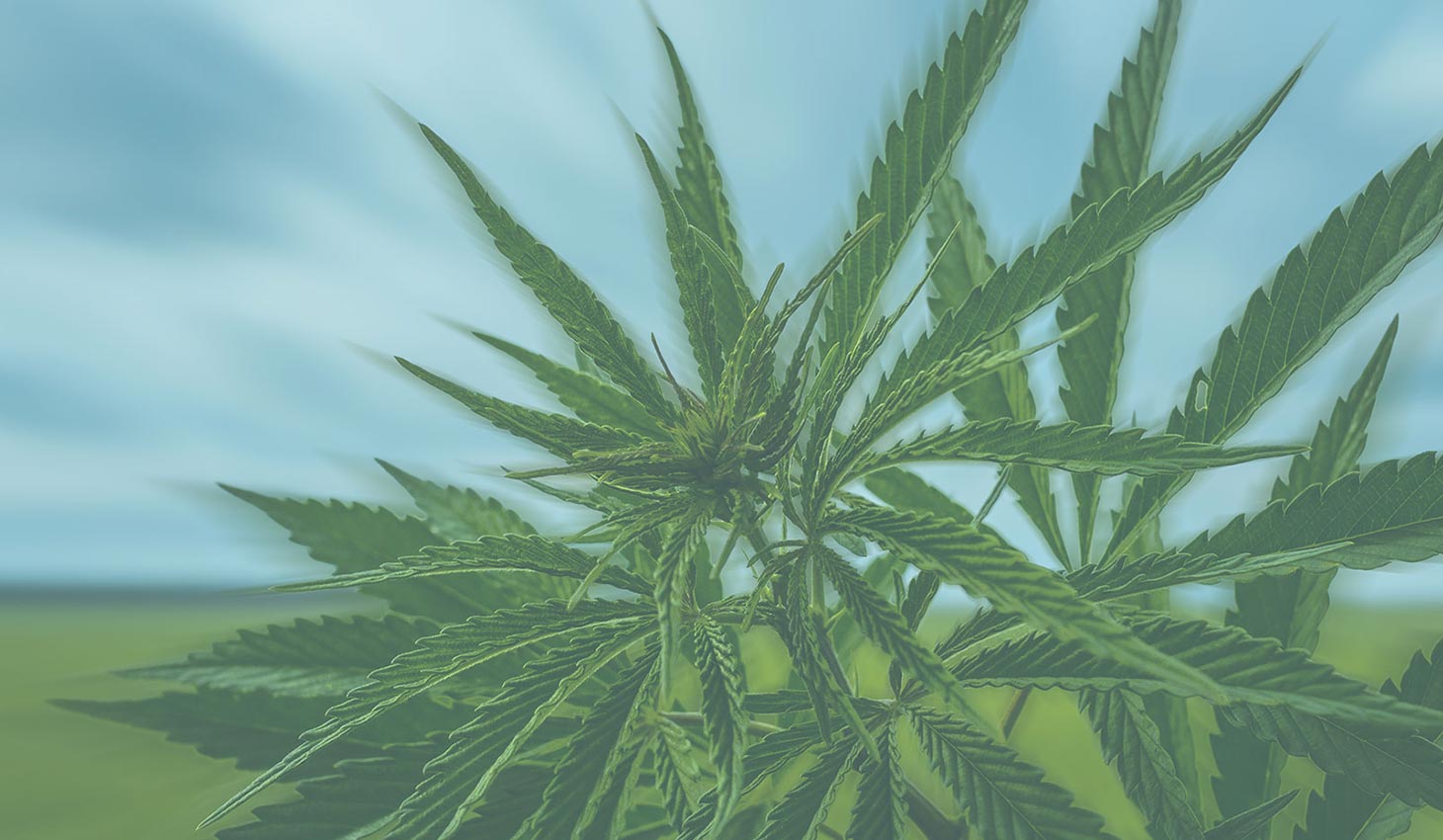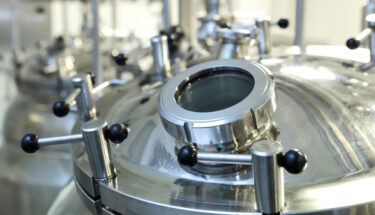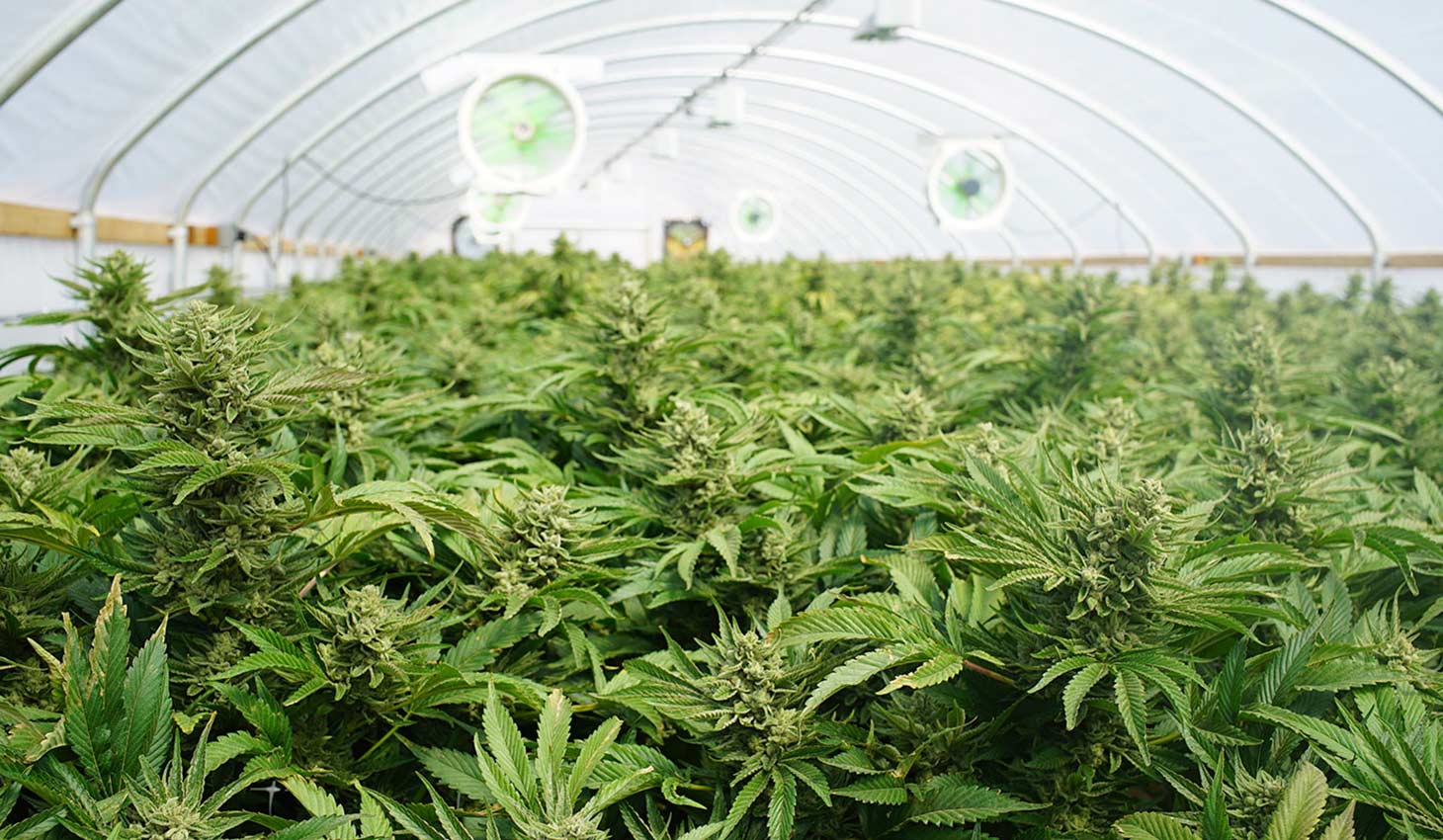
Rotary Evaporation Techniques For Higher-Quality Cannabis Products
Cannabis Rotary Evaporation, Part III:
New Uses For An Established Technique
With the cannabis market raking in $6.7 billion in 2016 in the U.S. and Canada and the market expected to hit $20.2 billion by 2021, processors are looking for the best ways to increase their product quality and grow profit margins.
With a predicted compound growth rate of 25%, the market is expected to be bigger than even the dotcom boom, according to Forbes.com.
To produce the highest-quality products, processors are looking to more traditional methods of extraction and isolation. Using techniques long established in the botanical, chemical and distilled spirits industries, cannabis processors have several options to improve their manufacturing techniques.
We’ve already looked at solvents and ethanol extraction in earlier blogs. Here’s a look at how processors can use rotary evaporation to better isolate the extracts and components:
Applying Rotary Evaporation To Cannabis Processing
A fixture in many labs, the rotary evaporator is a common tool for solvent removal. The process allows the solvent to be removed in a controlled manner under vacuum.
It’s also easily scalable, ranging from smaller bench top flasks up to 5 liters to pilot scale, using flasks of 20 liters and more. This flexibility makes it very adaptable when processing cannabis.
How The Process Works
As the pressure is reduced using a vacuum pump in the rotary evaporator, the boiling point of the solvent, ethanol in this case, is lowered.
Typically, the distilling flask (A) is filled to 50% volume. The water bath (B) is heated to 30-40°C. The condenser temperature (F), controlled by a recirculating chiller, is set to -10°C to 0°C. Once the water bath and condenser have reached the set points, the distillation flask is rotated from 150-200 rpm. This creates a thin film on the upper surface of the glass cylinder, which increases the solution surface area and enhances the solvent evaporation rate. Applying an appropriate vacuum to the system (H) lowers the boiling point.
To achieve a recommended target, set the vacuum to achieve an ethanol vapor temperature of 15-20°C. As the ethanol evaporates, it will condense and collect into the distillate flask (G). Optimization of the parameters allows for easy reproducibility.
Things To Watch For When Using Rotary Evaporators
While it may be tempting to try to tweak the process by increasing the evaporation rate by lowering the vacuum and/or increasing the water bath temperature, this will cause capacity overload on the condenser. Doing this actually causes the evaporation rate to exceed the condensation capacity of the recirculating chiller.
This causes ethanol vapor to pass through the condenser and into the vacuum pump. Cannabis extracts require lower water bath temperatures to minimize thermal decomposition. So the condenser temperature of -10°C to 0°C will require a chiller with adequate cooling capacity at those low temperatures.
There are other ways to increase throughput while still maintaining quality. There are a variety of options for automatic vacuum control and refilling accessories, both manual and automated, that can be added to rotary evaporators.
To learn more about improving your cannabis processing, read our whitepaper, “The Cannabis Workflow and the Importance of Temperature Control.”
Download Your Cannabis Whitepaper Now!
Find out more about JULABO USA’s temperature control equipment by visiting us at julabo.us.

